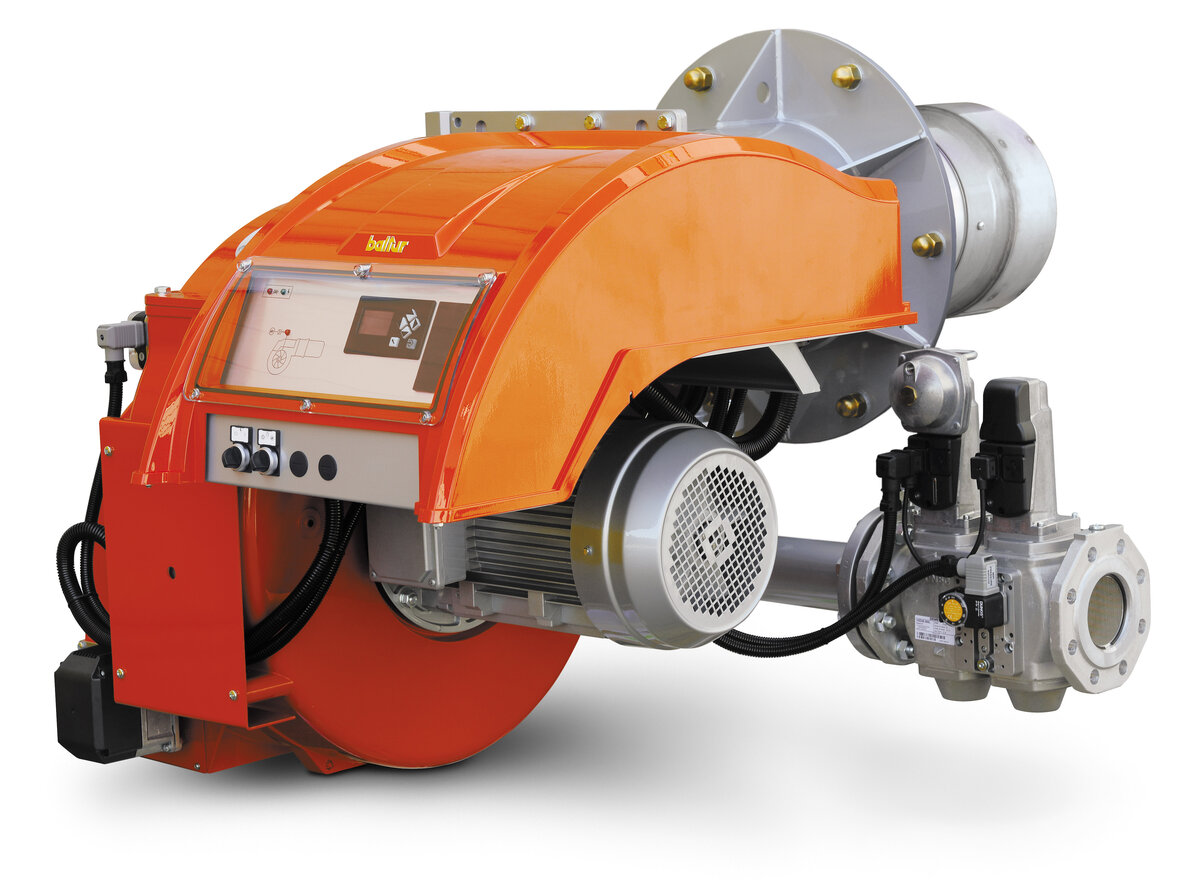
Steve O’Neill, Technical Specifications Engineer at EOGB Energy Products Ltd, explains the importance of regular burner maintenance and the correct procedures to ensure optimum efficiency and safety.
Manufacturers of most gas and oil burning equipment recommend regular maintenance and safety checks in order to achieve optimum levels of safety and efficiency. This will typically include:
• An adequate supply of combustion, cooling and dilution air
• Correct burner, operating pressure and gas rate/heat input
• The effectiveness of any flue
• Safe function of the plant and confirmation that it will always fail to a safe situation.
Failure to ensure any of the above factors could have the effect of causing incomplete combustion and/or cause plant failure potentially incurring injury to personnel and/or large financial losses.
By implementing a suitable maintenance programme it is possible to avoid potential breakdowns before they occur, allowing a good opportunity to replace or adjust accordingly without incurring periods of down time at a later date. Furthermore, optimum efficiency is maintained throughout the operating time of the plant.
Visual inspections
Air supply
In order to ensure complete combustion of a fuel, an adequate supply of oxygen (O2) must be present to oxidize all the fuel (O2 for combustion is usually taken from the atmosphere). It is understood that the air in the atmosphere consists of approximately 77% by mass (79% by volume) of nitrogen (N2) and 23% by mass (21% by volume) of O2.
Depending on the design of the appliance the H2O can be either in a liquid or vapour state within the combustion products.
The provision of suitable combustion air should be confirmed on every inspection with all restrictions and debris being removed accordingly.
Inspection of the flue throughout its route
In addition to the confirmation of a satisfactory supply of combustion air etc the flue should be visually inspected at regular intervals to confirm all products are being evacuated effectively, that the flue is adequately supported, there is no evidence of mechanical failure and that the flue is terminating satisfactorily.
Gas rate
A gas rate should be carried out to confirm the correct volume of fuel is being delivered to the appliance thus ensuring the plant is capable of providing the prescribed energy release that it is designed for. If the gas rate lies outside the scope the plant was designed for it would result in both a loss in efficiency and potentially incomplete combustion as well as potential damage to the plant and ancillary equipment.
Combustion analysis
The ability to interpret the information being provided by an electronic combustion analyser can be a critical factor in ensuring both optimum efficiency and combustion safety. Furthermore the engineer should be able to discern when it is necessary to rely upon the combustion ratio to confirm correct operation and when to read the O2, CO2, and CO.
Regular maintenance will provide an opportunity for minor adjustment and will ensure sustained periods of optimum operating efficiency whilst maintaining safety at all times.
